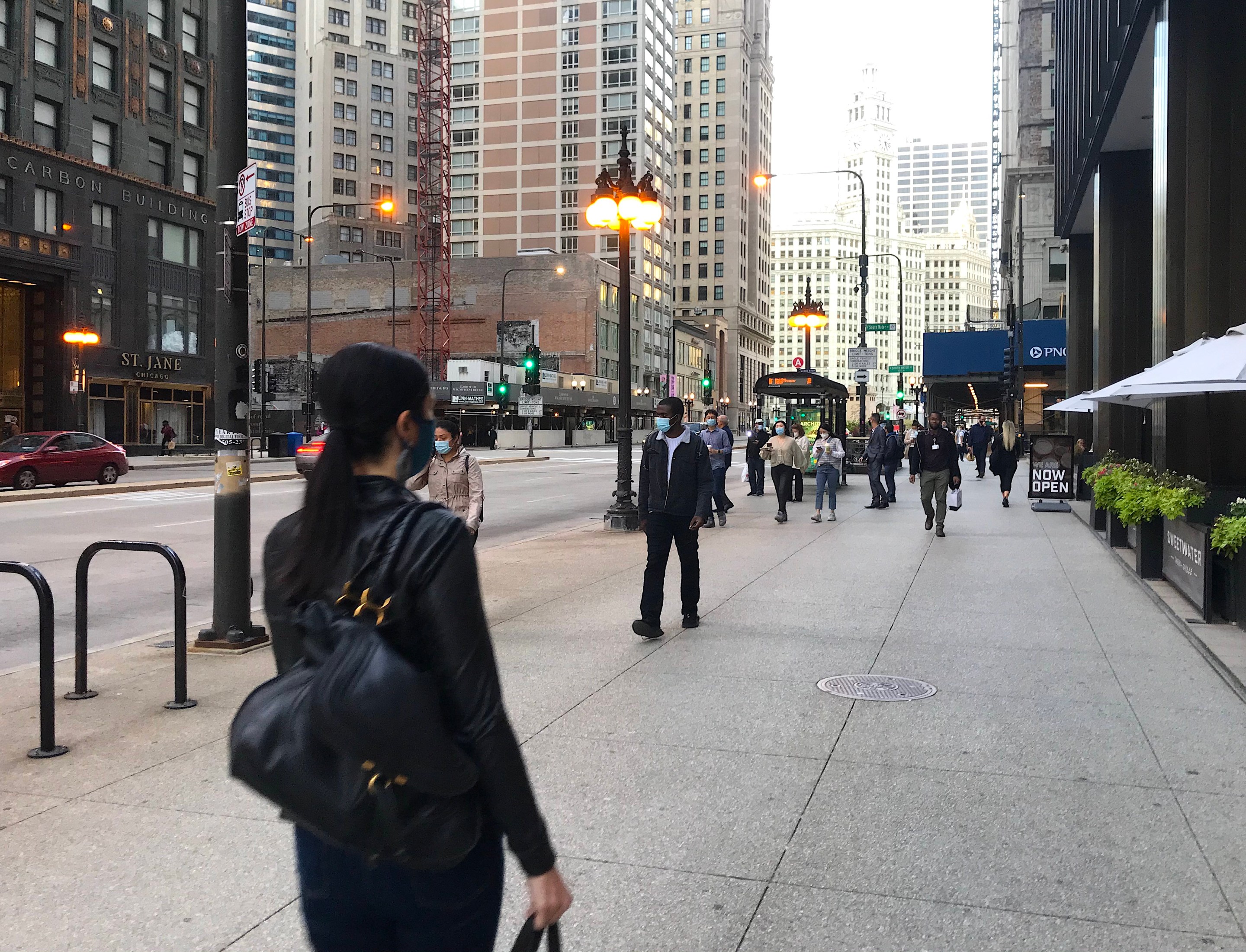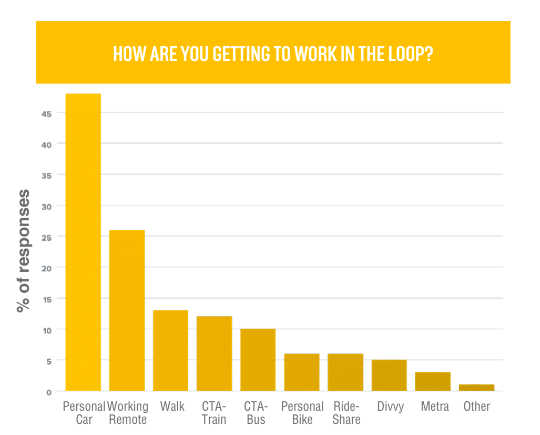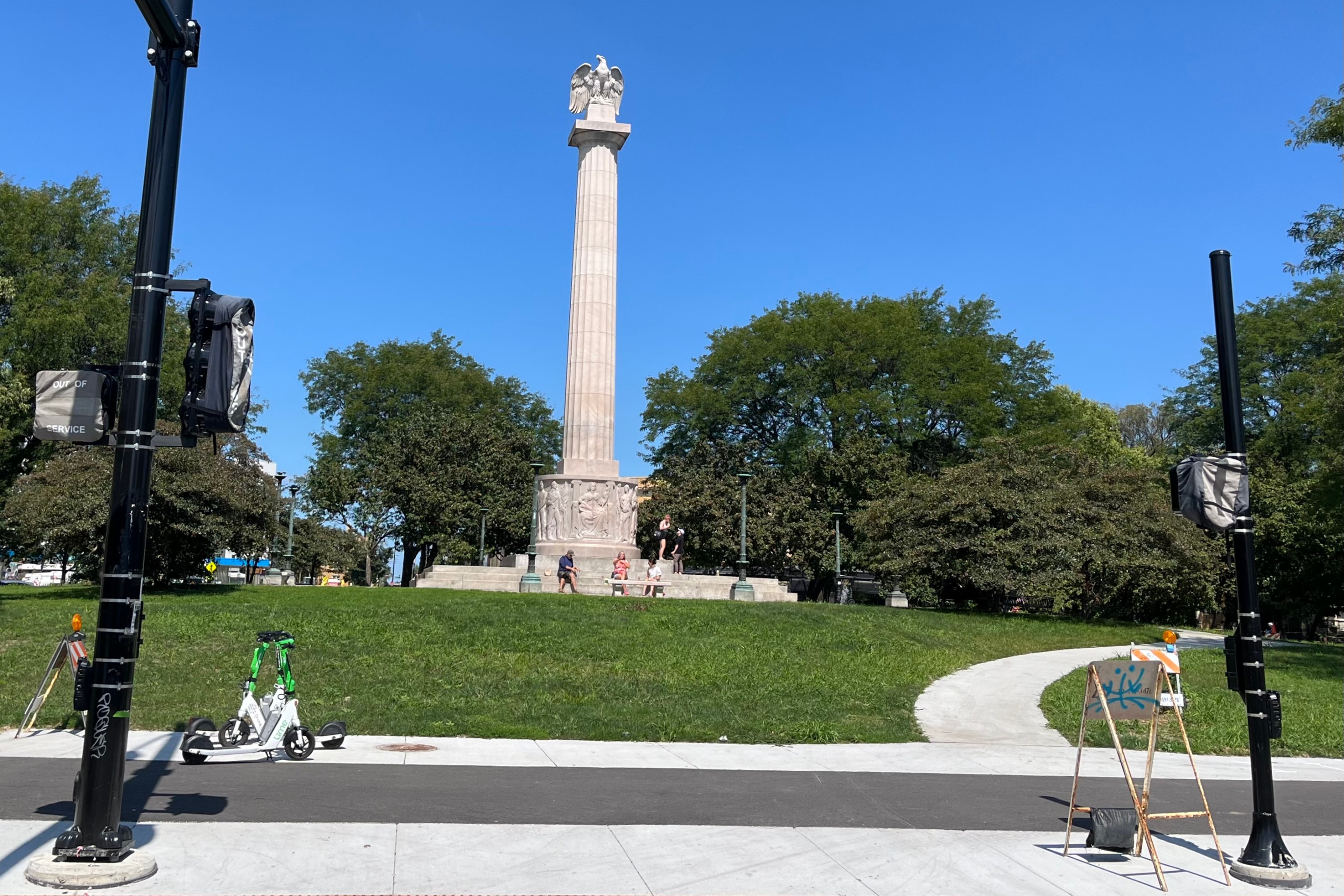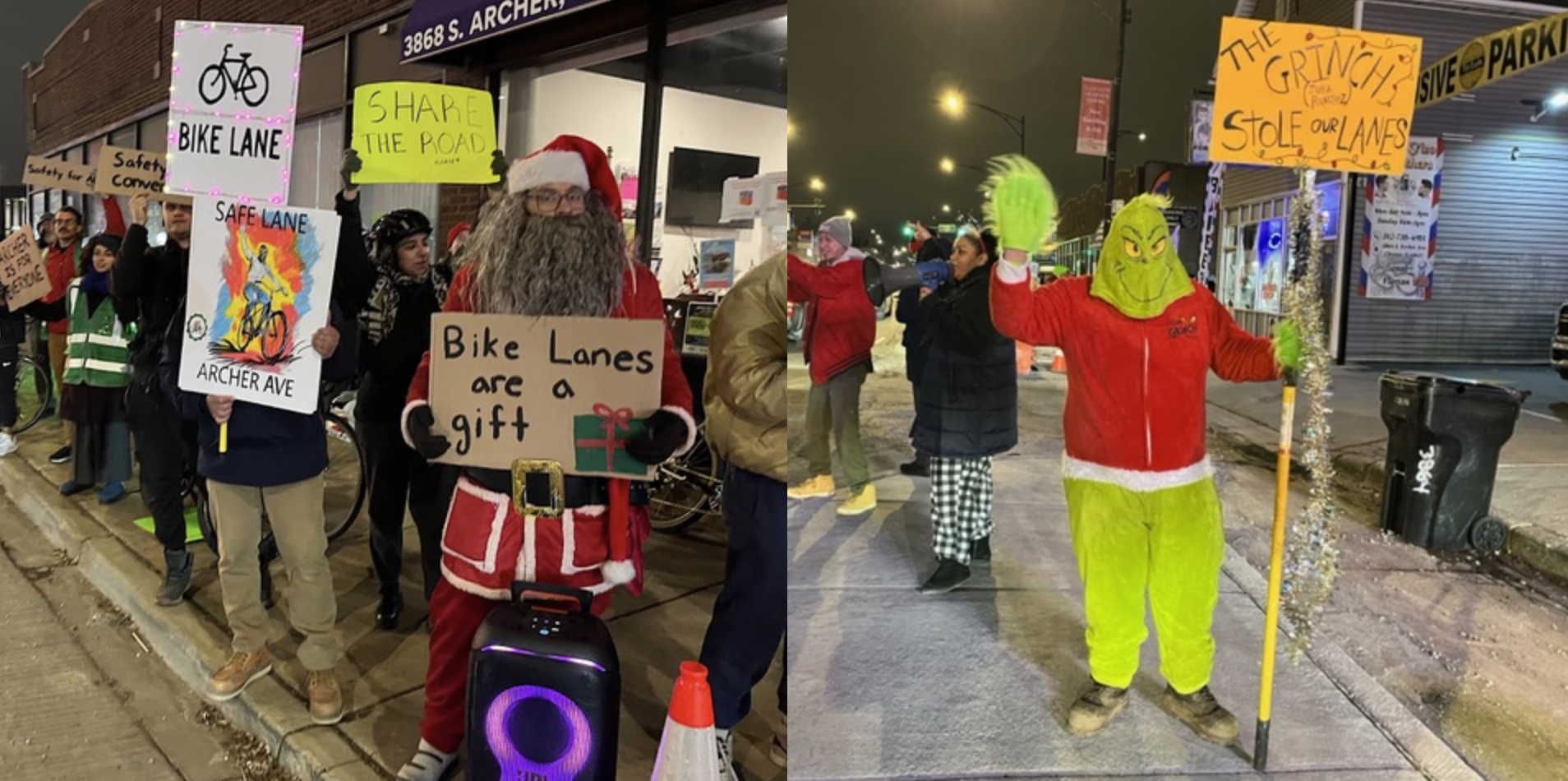Since the early months of COVID-19, climate scientists have been concerned that the roughly two months of record low carbon emissions due to the global lockdown would be followed by a spike in automobile sales to people in large cities trying to avoid transit, causing a “carmageddon” of traffic congestion and emissions quickly exceeding pre-pandemic levels -- not to mention more serious and fatal traffic crashes. Unfortunately, a report released yesterday by the Chicago Loop Alliance points in this direction, finding a disproportionate spike in downtown parking rates recently as compared with pedestrian traffic and business activity.
The Chicago Loop Alliance has been tracking economic recovery in the Loop since July, issuing “By the Numbers” reports that aggregate data from pedestrian trackers and surveys from member businesses and organizations. Pedestrian activity on State Street is tracked by CLA with eighteen counters located on both sides of the street, stretching between Wacker to Ida B. Wells drives.
According to the report, in a year-over-year comparison, pedestrian activity plummeted in March 2020 to less than 20 percent of 2019 levels, gradually recovering to just under 40 percent of the same time last year by late August. However, the parking rate steadily increased over this summer, rising steeply throughout August, and by late September was back up to 80 percent of the prior year.
The report theorizes that the persistently low pedestrian numbers can partly be attributed to students at downtown colleges not returning for in-person classes. And while we’re not yet back to the number of cars clogging downtown streets as of late-September 2019, the number of human beings in buildings and walking around downtown is nowhere near 80 percent of September 2019 figures. According to the data tracked by Chicago Loop Alliance (and aggregated from 12 anonymous office buildings in the Loop), office occupancy remains below 20 percent of what it was this time last year.
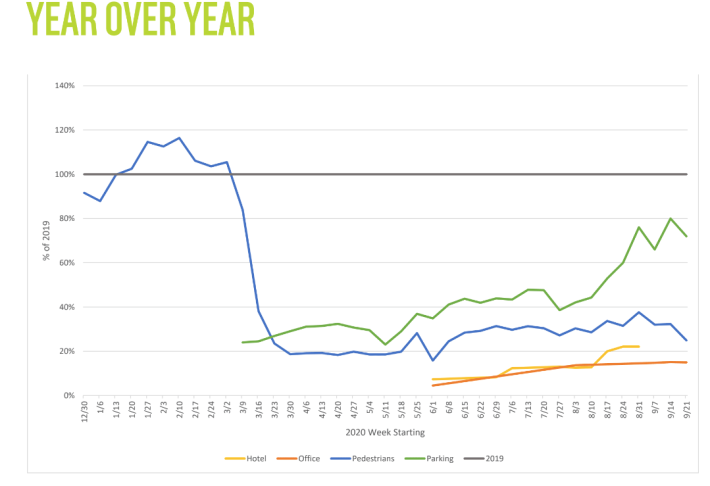
As for downtown businesses, the Chicago Loop Alliance surveyed over 80 organizations, finding 50 percent of respondents had some staff working on site and 18 percent were open and operating with all staff working on site. Of the individuals surveyed who were commuting downtown for work, 50 percent said they were using a personal car -- more than all the respondents who said they were using CTA trains, buses and Metra combined.
Drawing riders back to public transportation during the pandemic is challenging, because it's necessary to make passengers feel safe while providing fast, reliable, convenient service. The CTA and Metra have taken measures to ensure the former; the latter could improve dramatically through the implementation of bus-only lanes, which can reduce travel times, and therefore the risk of COVID exposure.
For its part, the Chicago Loop Alliance is encouraging folks to return to the Loop safely via transit and bicycle. Their “Getting Back in the Loop” guide points first to public transit, noting safety precautions put in place by the CTA, including limiting the number of passengers on trains and buses, and ridership dashboards to provide passengers with information on ridership trends and peak travel times. The guide also links to resources from the Active Transportation Alliance on how to ride public transit safely, as well as their Everyday Biking Guide and infographic on safely walking and biking during COVID-19.
The Chicago Loop Alliance also created a friendly little primer on how to transition to cool-weather cycling, including tips on staying warm and comfortable, making yourself visible, and psyching up to give it a shot for the first time. And while I take umbrage with the suggestion that “being a little obnoxious [buy using a loud bike bell] could keep you safe,” the final note, "when you’re flying past gridlock on your way back in the Loop," points right back, if unintentionally, to a major concern as Chicagoans decide how to get around during the pandemic: a troublingly steep increase of cars on the road, even while a large percentage of Chicagoans are still working from home, commuting part-time, or unemployed. The September Chicago Loop Alliance report is quite possibly a canary in the carmageddon coal mine.
